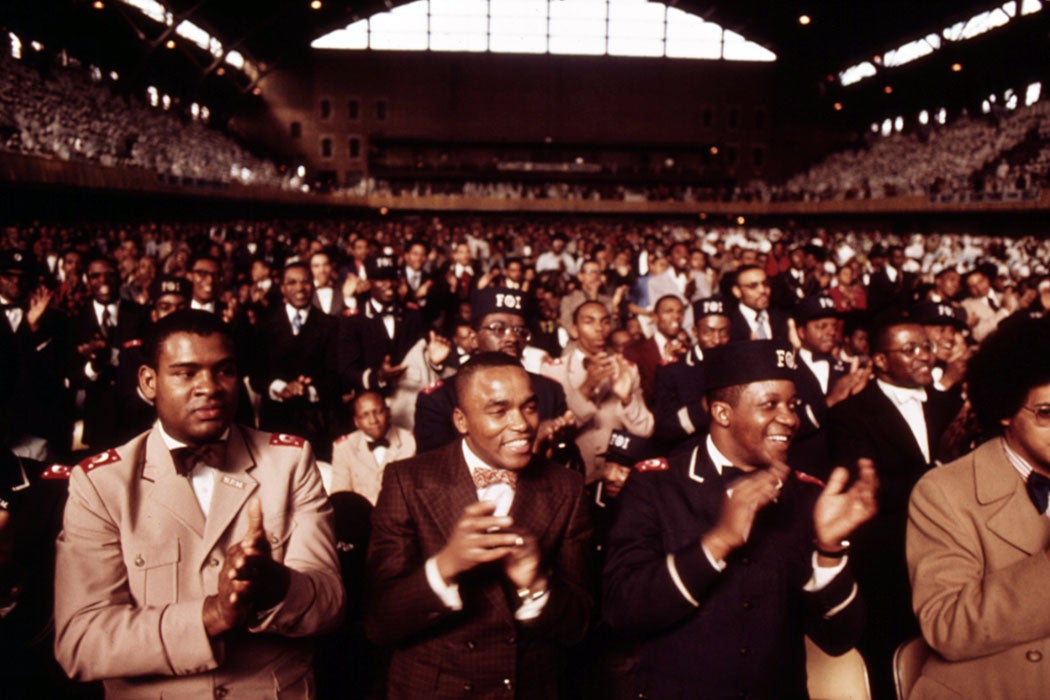In early January 2018, the state of New Jersey reversed a ban on Michelle Alexander’s book, The New Jim Crow, in some state prisons after the ACLU raised objections. The incident highlighted the growing movement for prisoners’ rights and against mass incarceration.
But long before Alexander identified prisons as sites of institutional racism and inhuman treatment legal scholar Christopher E. Smith explains, Black Muslims—African-Americans affiliated with the Nation of Islam or other black nationalist Muslim organizations—used similar arguments to build a framework for prisoners’ legal rights.
Smith writes that until the 1960s, courts didn’t take much interest in prisoners’ rights, despite the protections against cruel and unusual punishment theoretically offered by the Eighth Amendment. “Cases filed by prisoners asserting the existence of constitutional protections were met by declarations that prisoners had forfeited all rights,” Smith writes.
Smith notes that it might seem a bit odd that a movement led by figures like Elijah Muhammad and Malcolm X would effect legal changes, since Black Muslims were more interested in independence and self-development than political reform. In fact, he writes, they moved into the legal arena largely because there were few other viable options for challenging corrections officials’ actions against people locked in prison.
Black Muslims were an influential force in U.S. prisons as early as the World War II era, when some movement leaders were incarcerated for refusing to serve in the armed forces. Their philosophy of self-determination and critique of social structures made them appealing to many black people in the prisons. By the 1960s, the movement was asserting prisoners’ rights to study and pray, and challenging racist policies on job assignments and privileges.
When prisons proved unwilling to listen to their complaints, Smith writes, incarcerated Black Muslims turned to the courts—and lost most of their cases. In a 1961 case, for example, correctional officials admitted they did not honor the right to worship for Muslims as they did for other religious groups. The California Supreme Court allowed the discrimination on the grounds that the Muslims’ philosophy and behavior threatened the prison.
Weekly Newsletter
But, thanks in part to larger social and political changes happening in the ‘60s, courts were not uniformly hostile to the cases brought by Black Muslims. In scattered cases, they managed to win legal rights—including rights to worship, to wear religious symbols, and to be free of punishment for their faith. Some of these cases had implications beyond the Muslims themselves. Between 1964 and 1971, cases initiated by Muslim prisoners won the right for prisoners to sue state correction officials, limited correctional officials’ ability to interfere with communication between prisoners and their lawyers, and constrained prisons officials’ discretion in banning literature as inflammatory.
Over the years, these victories changed prisoners’ relationship with the legal system. For example, Smith writes that, by the late 1980s, imprisoned people were filing tens of thousands of civil rights cases a year in federal court. And, as the recent New Jersey incident shows, while there are many ongoing injustices in the prison system, today’s correction officials can’t simply prevent prisoners from reading about them.







